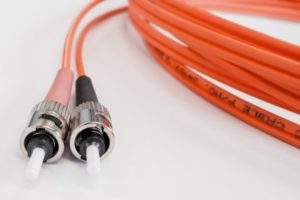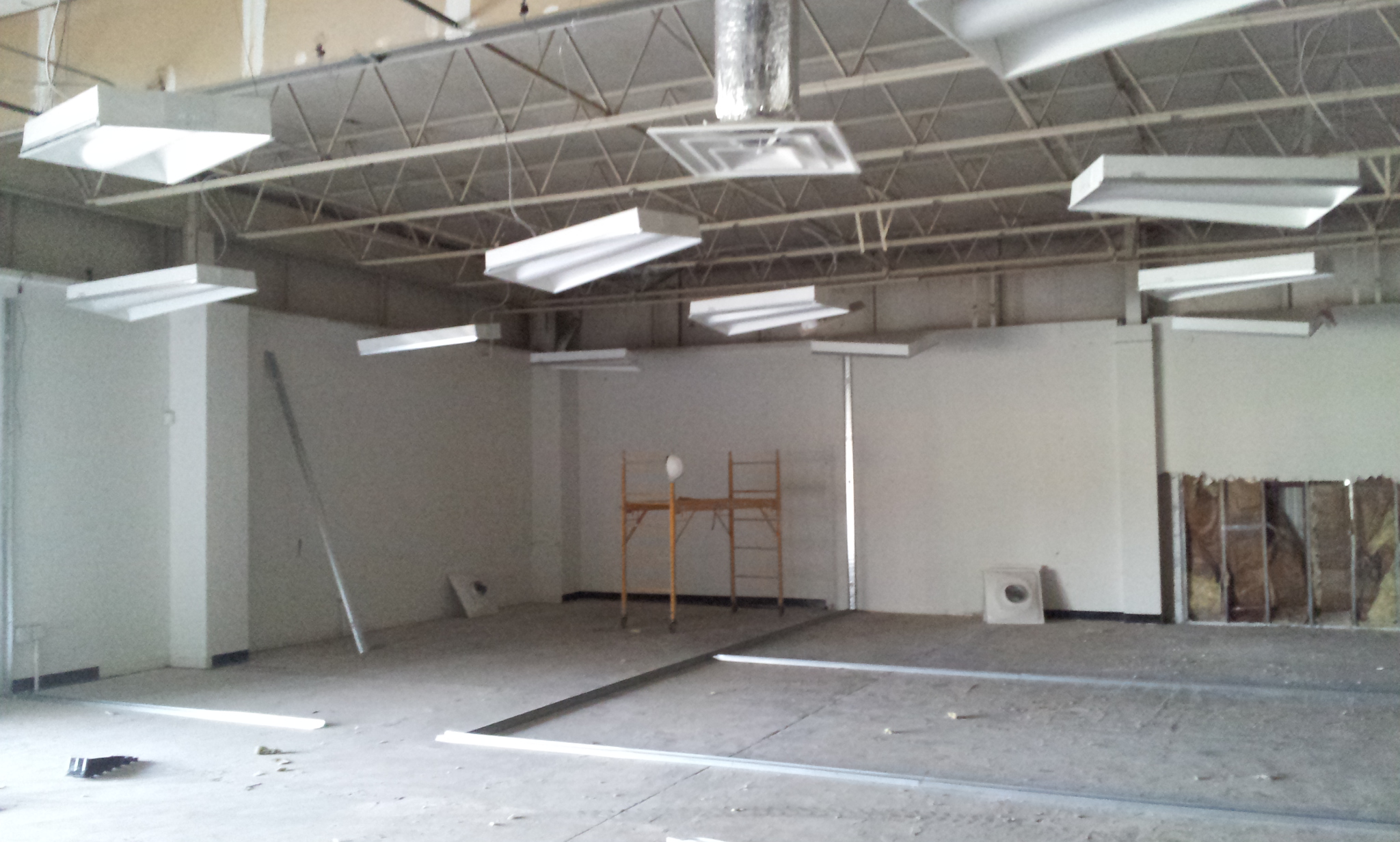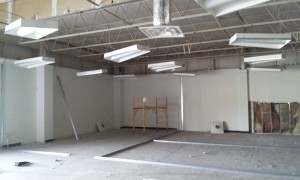
Optimizing Your Warehouse with Cat6 AP Wiring: A Guide from Progressive Office Cabling
Why Cat6 AP Wiring is Essential for Warehouses
1. High-Speed Data Transfer
Cat6 cabling is designed to handle high-speed data transmission up to 10 Gbps over short distances, making it ideal for the demands of modern warehouses. Whether you’re managing inventory systems, real-time tracking, or high-resolution video surveillance, Cat6 AP wiring ensures that your network can handle large amounts of data quickly and efficiently. This high-speed capability reduces latency and improves overall system performance.
2. Enhanced Reliability
Warehouse environments often present challenges such as high-density equipment and large physical spaces. Cat6 AP wiring provides superior performance with reduced crosstalk and interference compared to older cabling standards. This reliability ensures that your warehouse network remains stable, minimizing downtime and disruptions that could impact operations. By investing in Cat6, you’re investing in a network infrastructure that supports the demanding conditions of a warehouse.
3. Future-Proofing Your Network
As technology advances, so do the demands on your network infrastructure. Cat6 cabling is designed to support current and emerging technologies, providing a level of future-proofing that older cabling standards cannot. By choosing Cat6 AP wiring, you ensure that your network can accommodate future upgrades and new technologies without requiring a complete overhaul.
Benefits of Cat6 AP Wiring in Warehouse Environments
1. Improved Wireless Coverage
Access points (APs) are crucial for providing wireless connectivity throughout a warehouse. Cat6 AP wiring ensures that these access points are connected to the network with high-speed, reliable connections. This improved connectivity results in better wireless coverage, allowing employees to use mobile devices, barcode scanners, and other wireless tools without experiencing connectivity issues. Enhanced wireless coverage can lead to increased productivity and more efficient operations.
2. Scalability and Flexibility
Warehouses often need to adapt quickly to changing requirements, such as the addition of new equipment or expansion of operations. Cat6 AP wiring offers the flexibility to scale your network as needed. With its high-speed capabilities and reliability, Cat6 cabling can easily support additional access points, devices, or network expansions without compromising performance. This scalability ensures that your network infrastructure can grow with your business.
3. Simplified Maintenance and Troubleshooting
Modern Cat6 cabling systems are designed for easy installation and maintenance. The clear labeling and structured design of Cat6 AP wiring make it straightforward to identify and address any issues that arise. This ease of maintenance can reduce downtime and ensure that your warehouse operations remain uninterrupted. Additionally, structured cabling systems like Cat6 simplify troubleshooting, allowing for quicker resolution of network problems.
Choosing Progressive Office Cabling for Your Cat6 AP Wiring Needs
When it comes to installing or upgrading your warehouse network, Progressive Office Cabling is your trusted partner. Here’s why you should choose us:
- Expertise and Experience: Our team of skilled technicians has extensive experience in designing and installing Cat6 AP wiring solutions tailored to the unique needs of warehouse environments. We understand the complexities of warehouse operations and provide solutions that enhance performance and reliability.
- Quality and Reliability: We use only the highest-quality Cat6 cabling and components to ensure optimal performance and longevity. Our commitment to quality means you receive a network infrastructure that stands up to the demands of your warehouse.
- Customized Solutions: We offer customized wiring solutions that align with your specific requirements and operational needs. Our approach ensures that your network is designed for maximum efficiency and scalability.
Contact Progressive Office Cabling Today
If you’re ready to enhance your warehouse network with Cat6 AP wiring, contact Progressive Office Cabling. Our team is here to provide expert advice, high-quality installations, and ongoing support to ensure your network operates smoothly and efficiently. Call us today or visit our website to schedule a consultation and learn more about how we can help optimize your warehouse operations.
With Progressive Office Cabling, you can trust that your warehouse network will be equipped to handle the demands of today’s technology and prepare for the future. Let us help you build a robust, high-speed network that drives efficiency and productivity in your warehouse.



 Structured cabling provides consistently high performance because of its proper design and installation, which also allows for expansion and flexibility. When designed and installed by expert technicians, a structured cabling system is composed of several components that communicate with each other. As a result, it performs with efficiency and reliability. In addition, cabling can be transferred, adjusted, and expanded with ease. The system is also future proofed, so the system can evolve with technology as the company grows.
Structured cabling provides consistently high performance because of its proper design and installation, which also allows for expansion and flexibility. When designed and installed by expert technicians, a structured cabling system is composed of several components that communicate with each other. As a result, it performs with efficiency and reliability. In addition, cabling can be transferred, adjusted, and expanded with ease. The system is also future proofed, so the system can evolve with technology as the company grows.

 During your consideration of the kind of
During your consideration of the kind of 
 During the process of selecting a
During the process of selecting a 
 The crossover
The crossover 


